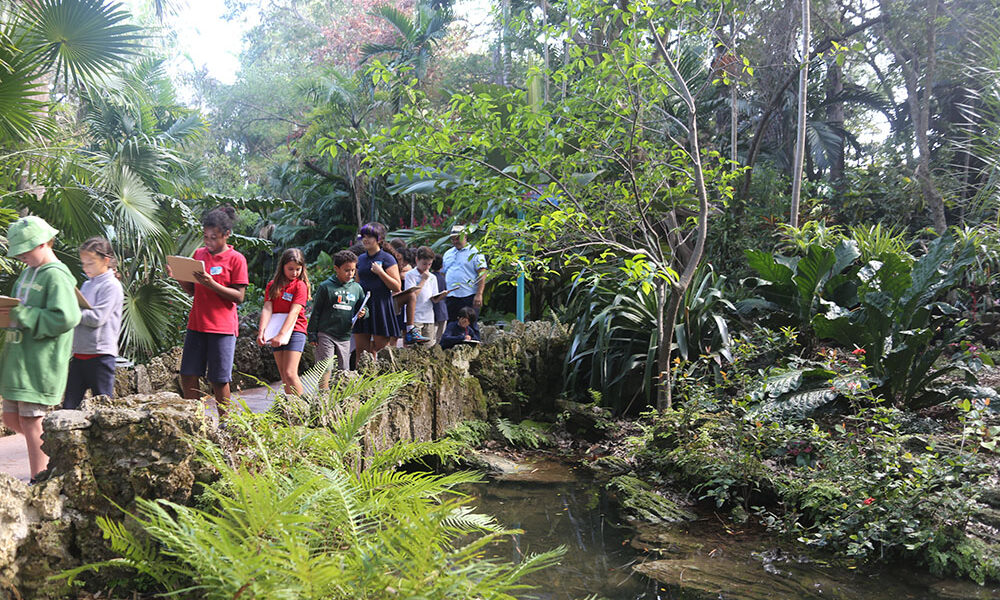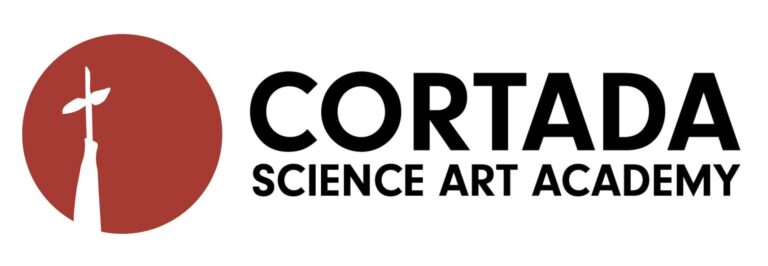
TOPICS
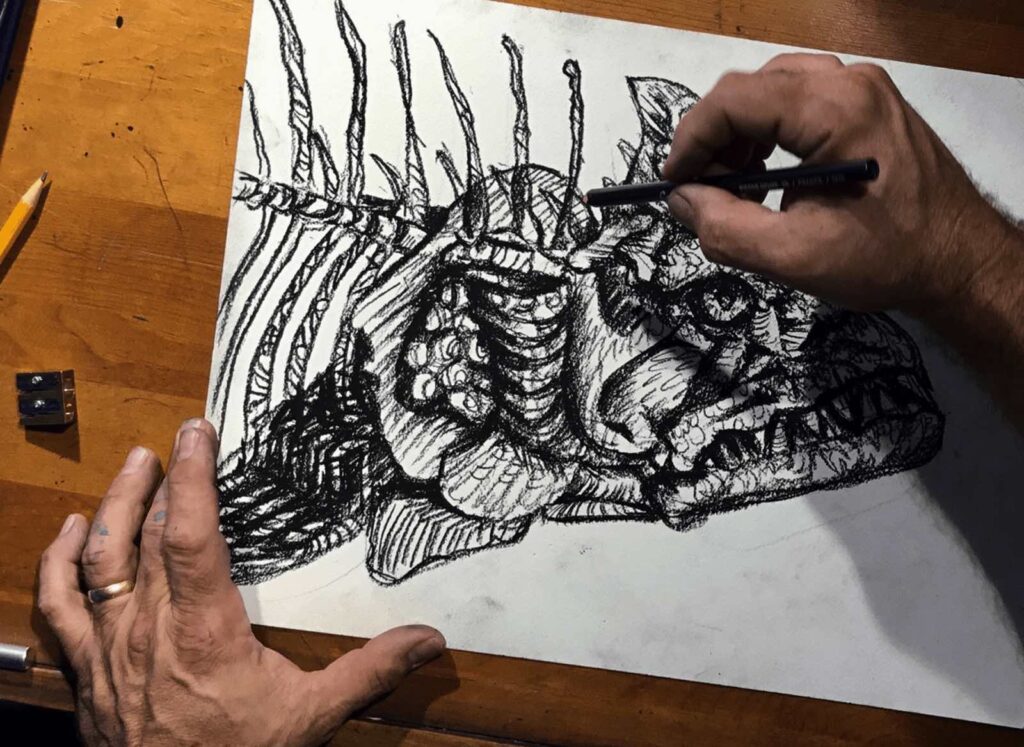
Defend Biodiversity using Science Art
In a journey through the Earth’s past, present, and future, students discover their interconnectedness with all life on the planet and the role that they play in either defending or destroying it. Throughout this module students will learn how science allows us to understand the natural world, why the climate is rapidly changing, and how Cortada uses art to inspire action.
Topic 1 lays the foundation for the rest of the session by helping students to fully realize their relationship with all life on Earth. With a focus on science, empathy, and leadership, this class aims to motivate students to be changemakers in their communities.

Topic 2 takes students on an exploration through our planet’s history, dating back to approximately 4.6 billion years ago when the Earth was formed. From the Cambrian explosion to the dawn of the dinosaurs to the digital age, this class gives students the background to better understand what’s happening in the world today.
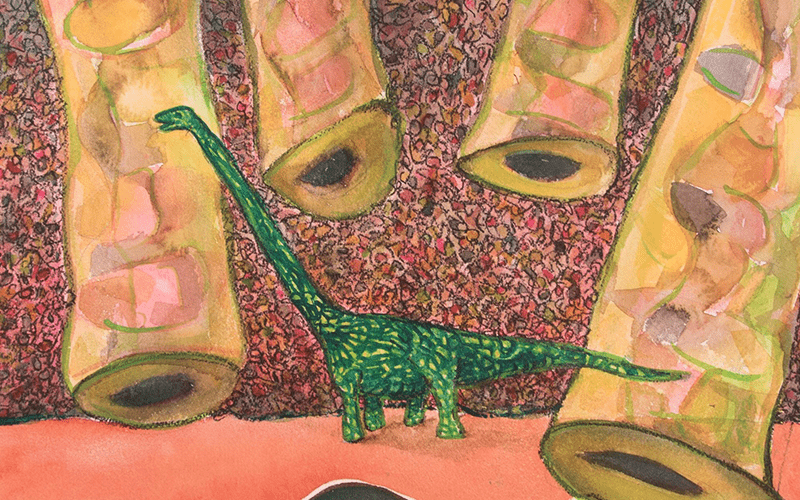
Topic 3 presents students with the defining issues of our time – climate change and environmental degradation, with a particular emphasis on our state. As greenhouse gas emissions soar and a pandemic rages, students learn how a world impacted by humans continues to affect the livelihood of species including our own.

Topic 4 explores how human activities in the Western Hemisphere have contributed to the Earth’s sixth mass extinction. Deforestation in the Amazon, fracking in Canada, and urban sprawl in America are a few examples used to provide a global perspective and spur innovative artistic interventions.
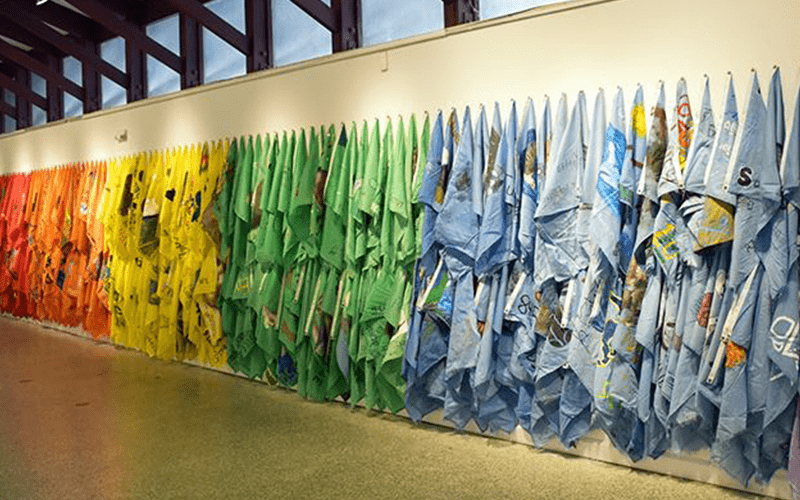
Topic 5 explores how human activities in the Eastern Hemisphere have contributed to the Earth’s sixth mass extinction. Plastic pollution in China, poaching in Sub-Saharan Africa, and overfishing in the Mediterranean Sea are a few examples used to provide a global perspective and spur innovative artistic interventions.
Conserve Florida’s Fragile Ecosystems
Exploring the importance of Florida’s ecosystems, from coral reefs and the Everglades to mangrove forests and wildflower meadows, students use art and science to engage in conservation. In this module students learn from Cortada’s eco-art practice to understand and express complex ideas, develop essential leadership skills, and foster hope in the fight to protect our local environment.
Topic 6 focuses on a local ecosystem that is not found anywhere else on Earth – the River of Grass. Students will learn about the Everglades’ threatened and endangered species, the tiny water-bound organisms that reveal secrets about our past, and how to use art to advance restoration efforts.

Topic 7 introduces students to enchanting coral reefs and misunderstood seagrass beds, some of the most productive and delicate ecosystems on the planet. As students examine life beneath the waves, they learn how to engage their friends and families in tackling the biggest challenges facing our coastal marine environments.
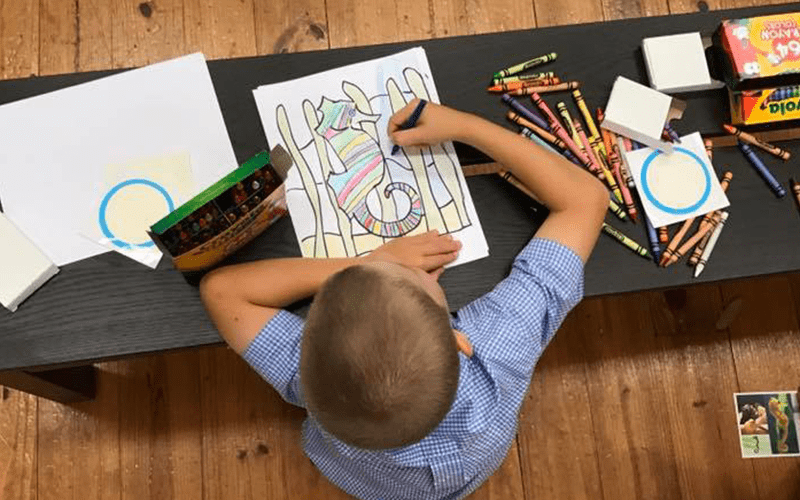
Topic 8 transports students into the critical mangrove forests that defend our shoreline from storm surges and pull carbon dioxide out of the air. In the process of learning about how Cortada created Miami’s longest-lasting mangrove reforestation initiative, students discover how they can help their communities to plan and plant for a future with rising seas.

Topic 9 draws attention to the wilderness that has disappeared due to a century of rapid development. Students will learn about the tremendous ecosystem services provided by our native trees and how they can lead the way in reversing humanity’s destructive practices.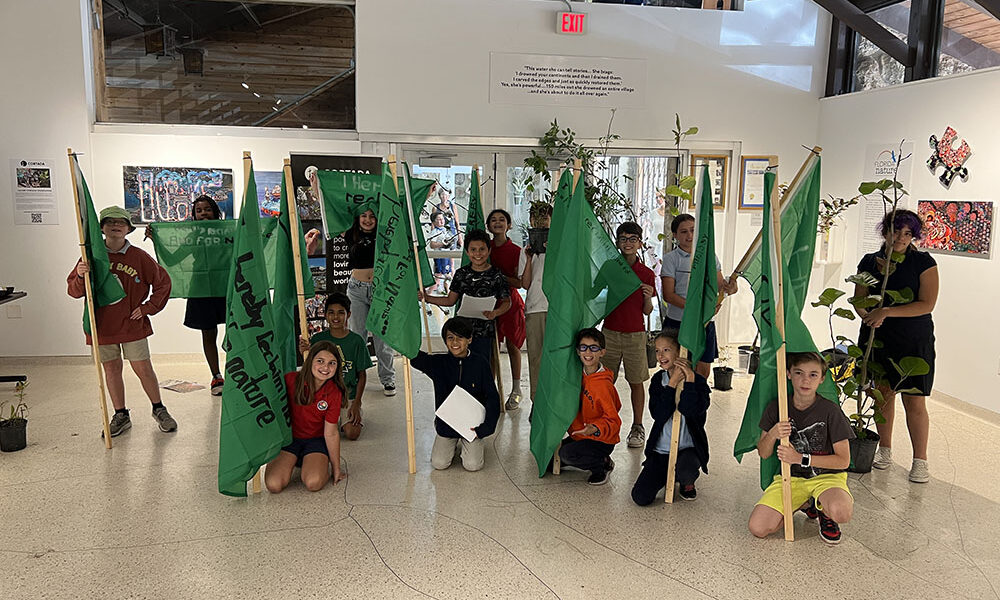
Topic 10 brings students to the year 1513 when everything changed – Juan Ponce de Leon landed on our coast and named it “La Florida” – from “flor,” the Spanish word for flower. Students will reflect on those who have shaped Florida’s history, learn about the need to protect our pollinators, and then help to shape Florida’s future by regrowing the wildflowers that our state was named after.
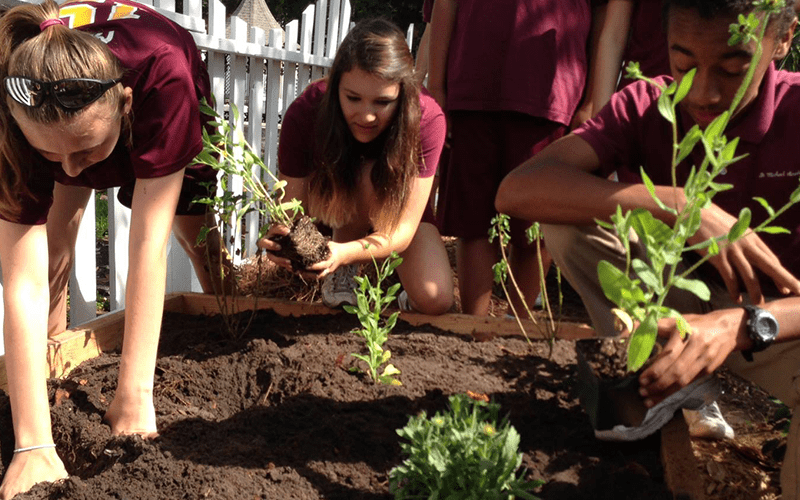


Discover the North & South Poles
Cortada created art at the North and South Poles to address environmental issues at every point in between. During this module, students travel to the ends of the Earth to learn about the melting Arctic and Antarctic, the perseverance of its explorers and scientists, and the power of art to reframe our thinking. Using Cortada’s polar art, participants will better understand global climate change, practice empathy, and problem-solve for a future with rising seas.
Topic 11 honors and celebrates the dedication of the men and women who have devoted their lives to the pursuit of knowledge in some of the most hostile environments on Earth. As students learn about the determination, leadership, and creativity of these polar pioneers, they are encouraged to embrace those values in the ongoing effort to move humanity forward.
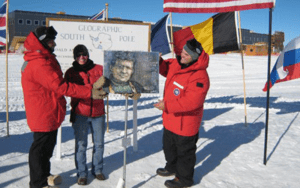
Topic 12 takes students to the Earth’s poles to develop empathy and compassion for everyone and everything living across every longitude. With projects that aim to diminish the distance between us and our global neighbors, students recognize the scale of the problems at hand and work to serve those who will be impacted the most.
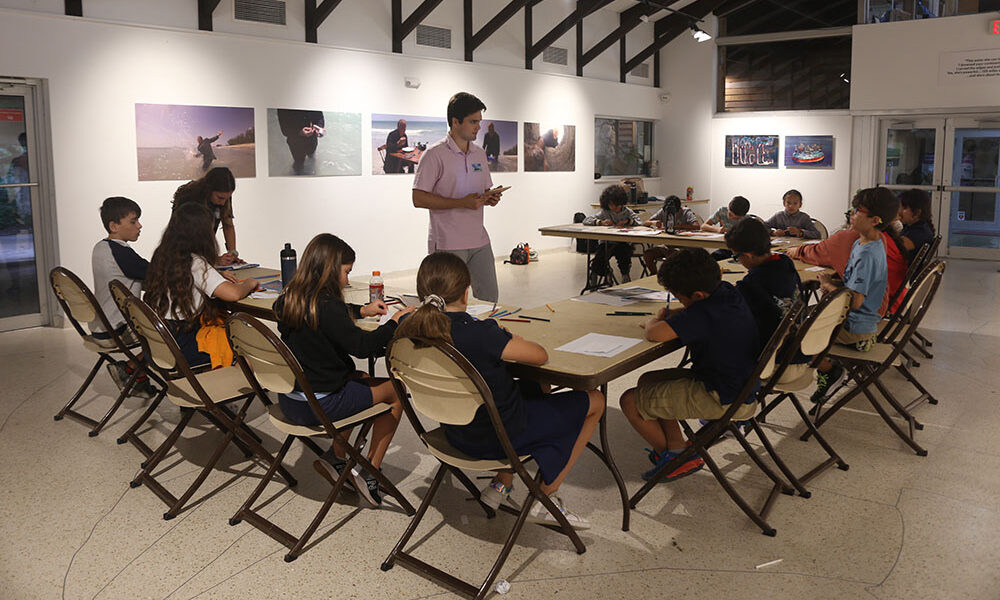
Topic 13 investigates the connection between the Arctic and the world below. In this class, students learn how conceptual art pieces, such as Cortada’s “North Pole Dinner Party,” can motivate participants to care for the melting Arctic ice as if it were part of themselves.
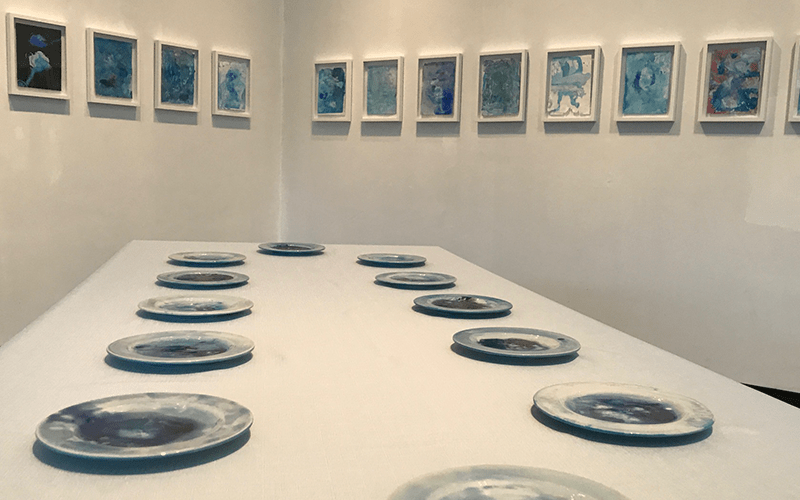
Topic 14 investigates the connection between Antarctica and the world above. In this class, students learn about Cortada’s collaborations with Antarctic scientists and how art can be used to extend scientific findings to the broader public.

Topic 15 begins to close out the Academy by looking at what melting polar ice and sea level rise will mean for the future of South Florida. Students will learn from some of Cortada’s previous projects, such as “The Underwater,” so they can become change agents and problem-solvers in their own communities.
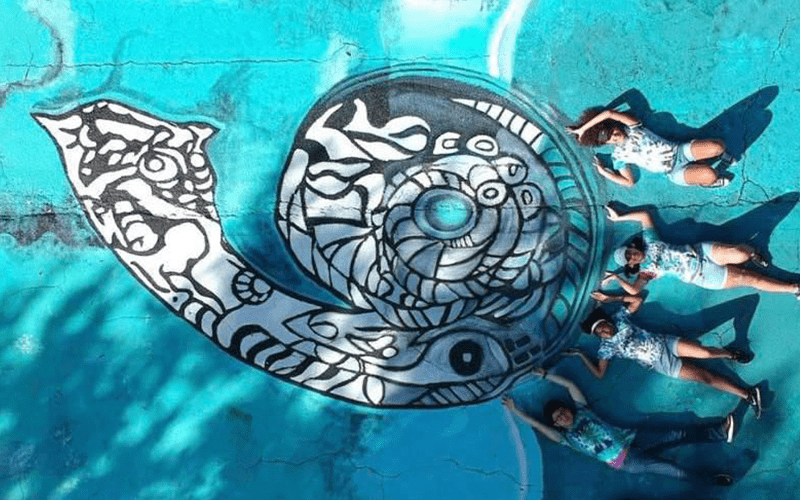
Topic 16 concludes the program by recapping the previous eight weeks, distilling key lessons, and finding hope in the solutions we can all be part of. Students will leave feeling empowered to make a difference and curious to continue learning about the incredible planet we call home. 